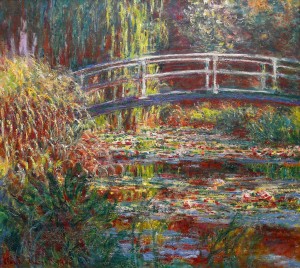
I’m partial to the Middle Ages. Not that I would necessarily have wanted to live then, but it is not because it was the “dark ages.” I prefer modern health care, technology, and prosperity. It makes life more comfortable.
But what I prefer today over the Middle Ages is not necessarily something we, as moderns, can take credit for; it is the result of knowledge and understanding building on itself and progressing through each generation to bring us to this point scientifically and technologically. We have the generations that came before us to thank for that.
The disciplines of architecture and art are a more even playing field when comparing the Middle Ages with today. With regard to architecture, advances in engineering allow us to do certain things with buildings we could not do with buildings 1,000 years ago, and, as a result, if anything the moderns have an advantage.
That should also be true of art in architecture. There are things we can do now we couldn’t do 1,000 years ago that give today’s artist or architect more creative tools to work with. So, all things being equal, what we can do with virtually unlimited funds today in say, building a church, should far exceed in beauty and creativity what man created 1,000 years ago, particularly if 1,000 years ago was a “dark ages.”
So, I picked a church, not just any church, but Second Baptist Church in Houston, Texas. A church I used to attend. A beautiful church. One of the largest churches in America (85,000 members). A church with more money than Croesus. A church that could build essentially any church it wanted, and it did. In 1980s, it built the structure you see above. I was proud to attend Second Baptist Church. It was the most beautiful church around.
Continue reading “Was the Middle Ages a Dark Ages?”
